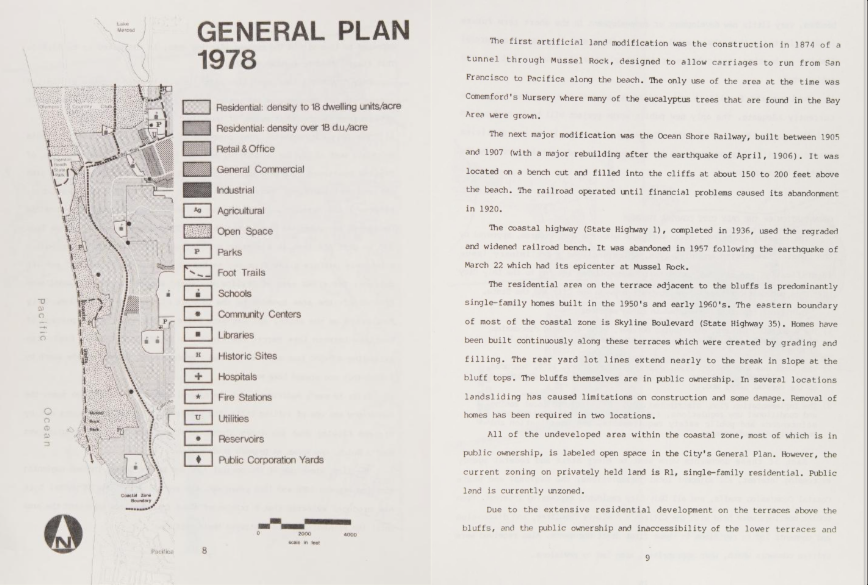AI Verification Meets GIS: Extracting Maps From Digitized Government Documents
 Nick Norman
Nick Norman
One of the challenges with digitized government documents is that many contain maps embedded deep within their pages—ranging from policy reports and environmental studies to census records and infrastructure plans. Unlike text-heavy documents, where AI can extract information using OCR, maps require a different approach.
The key challenge is that researchers need a method to efficiently extract map-related data from these publications and integrate it with GIS tools—without relying solely on manual identification or complex software solutions.
Utilizing AI Verification & Justification Framework 2.0 for Map Extraction
Currently I’m leveraging the AI Verification & Justification Framework 2.0 to develop structured prompts that guide ChatGPT in verifying maps within digitized publications and bridging its findings for GIS systems. This approach ensures that AI doesn’t just detect images but justifies why a particular illustration qualifies as a map—providing researchers with reliable, structured data for further analysis.
Here’s why that is necessary:
1️⃣ Recognizing & Verifying Maps in Books
AI needs to identify maps within a book’s scanned pages and verify that what it has detected is indeed a map.
Simply stating, “There is a map on page 236,” is not enough—AI must justify why it classified the content as a map using a structured reasoning process.
This ties directly into my AI Verification & Justification Framework 2.0, where AI must validate its claims using explainable logic.
A standardized set of key indicators (e.g., keywords, captions, legends, coordinate grids) should be established to enhance verification accuracy.
2️⃣ Bridging ChatGPT’s Findings with GIS Systems
Instead of extracting images manually, the goal is to extrapolate the right data from the map so GIS systems can reconstruct its key information.
This means designing a process where ChatGPT identifies and extracts spatial, political, or geographical data in a structured format that can be easily imported into GIS tools.
The challenge is creating a seamless transfer between AI-processed map data and GIS systems while maintaining verification, justification, and usability for researchers.
3️⃣ Automating Map Classification – AI can be guided to recognize and categorize maps not only by analyzing the text directly next to a map but also by examining the broader document context. This approach strengthens classification accuracy.
For example:
If the book frequently discusses infrastructure, urban planning, or transit systems, maps found within are more likely transportation maps.
If the text refers to geology, natural landscapes, or environmental studies, the map(s) may be topographical.
If the document covers political boundaries, legislative districts, or governance, it supports maps being political.
By integrating structured AI prompts, verification strategies, and standardized classification models, we can automate the identification of different map types within historical government documents—improving both precision and usability for researchers.
What’s Next?
The next step is developing and improving these prompt frameworks and creating a systematized process for extracting map data efficiently. The goal is to ensure that data pulled from historical maps can be seamlessly integrated into GIS platforms.
I'm actively exploring GIS tools for testing—if you have recommendations, feel free to reach out.
A key priority is designing a template that organizations can use, whether they’re working with Claude, ChatGPT, Gemini, or other AI models.
This template should provide a flexible yet structured framework that makes map data extraction easier, while allowing for customization based on different research needs.
My testing will continue with government documents from the LocalDig project at UC Berkeley's Institute of Governmental Studies Library. I will begin with the Urban Threshold Park Total Environmental Study—focused on the George Miller Jr. Memorial Regional Park in Point Richmond, California. (Suggested Reading: What is a Structured Prompt?)
If you're interested in contributing ideas or have expertise in this space, feel free to email me aiframework@proton.me
Subscribe to my newsletter
Read articles from Nick Norman directly inside your inbox. Subscribe to the newsletter, and don't miss out.
Written by
